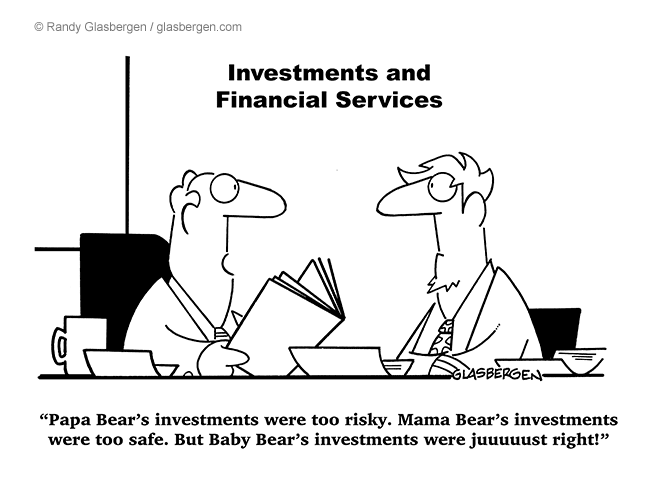

De-risking in 2017
The last decade has seen much written and discussed about de-risking and in fact as I look back I started seeing this discussion emerge twenty years ago. The 1990s was a period of good investment performance but also a time of declining interest rates. At that time leading actuaries and investment advisors were showing plan sponsors how a reversal in equity returns could impact their pension funding. This ‘better’ education of plan sponsors came at a time when pension plans in Canada were maturing and the negative consequences of mismatching assets and liabilities was growing to uncomfortable levels for many sponsors.
The dot.com bust of the early 2000s woke up many plan sponsors that had previously ignored these perils – but for many sponsors it seemed too late. By the end of 2000 yields on long-term Government of Canada bonds were below 6% per annum and many experts and non-experts thought that the opportunity to profitably hedge pension liabilities with a shift to long-term bonds had passed. If we knew then what we know now…..
Over the past 15 years I have watched our clients look at the question of de-risking. Many have taken de-risking measures by changing their plan terms – reduction in benefit promises, increases in employee contributions, conversions to DC and wind-ups have all been used in one combination or another. However, on the investment side, although some clients have ‘de-risked’ with a shift to bonds or the purchase of annuities, many have not. The founding principal to not de-risk a pension plan’s asset mix has been that interest rates have been too low and clients have been convinced that a return to higher interest rates will pay back the losses accrued over the past number of years as a result of liabilities growing faster than assets.
Although we don’t give investment advice at ASI, I was not bothered by clients that chose to stay invested in equities. For a long time I have truly believed that equities will outperform bonds over the long-term. But what I have learned over the past twenty years is that most plan sponsors don’t actually operate in the ‘long-term’ – whatever that means. Changes in pension costs often matter in the short-term and many sponsors haven’t been able to stomach the volatility in contributions even if the total long-term cost is one that they can afford to bear.
I won’t spend a lot of time inserting my long-time complaint about how our governments force sponsors to fund pension promises. I will simply observe that had we instituted a less volatile approach to funding pensions we would have likely saved many more DB plans in the private sector. As we head into 2017, Ontario is thinking about a new system for funding pensions – probably a decade or two after private sector workers needed this effort.
The other thing that has happened over the last twenty years is that time horizons are shorter. When I started in this business we definitely thought the long-term was 50+ years and our calculations ran for 100 years. We now have a number of clients that have frozen DB plans that are close to fully-funded and we expect many sponsors to fully de-risk in the next decade. The question isn’t ‘if?’ it is ‘when?’ Even our clients with fully open DB plans are operating more mature plans – more retirees per active worker – and as a result the risks of these plans are different than in years past.
So where are we now? We have rising interest rates – at least for the moment. Are the rising rates a result of the US election or do we have some new insight into the economy? Your guess is as good as mine. Will interest rates keep rising or is this a blip before they head back down? Your guess is as good as mine.
What I do know is that sponsors that have been waiting for interest rates to rise and think equity markets are at a high point, really should be looking at their investment policy to decide if they want to keep things as they are or if now is the time to shift their approach to risk and return. But to say this perpetuates a myth that I am trying to fight. Timing the market is a game that I have rarely seen people win through good planning and thoughtful decision making – sometimes sponsors do get lucky though. What I really believe now is that sponsors should be reviewing their investment strategy regularly (the bigger the risks the more frequent the review) and be ready to make changes quickly as the economy shifts. I would like to see every plan sponsor reach the end of 2017 satisfied in retrospect with the risks that they took this year and the results that they achieved.




Comments
1